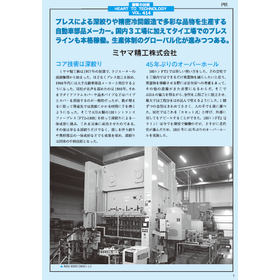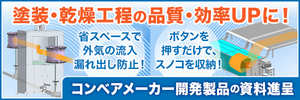1~9 item / All 9 items
Filter by category

Precision cold forging
This is a processing method that involves applying force to metal at room temperature to deform it and create various shapes. Forging includes "hot forging" and "warm forging," where the metal material is heated before applying force, and "cold forging," where force is applied at room temperature. Hot forging results in significant dimensional changes and a rough surface, necessitating surface treatment in subsequent processes. In contrast, cold forging achieves precise shapes and has the advantage of not requiring surface finishing. Particularly when compared to cutting processes, cold forging deforms the material using molds, which eliminates cutting scrap and is expected to reduce costs and environmental impact, making it the greatest benefit. On the other hand, depending on the structure and shape of the mold, controlling excess material and deficiencies can be challenging. Our company specializes in obtaining long, thin hole shapes. (We can achieve inner diameters of around 20 mm and lengths of approximately 55 mm.) We also accommodate special materials that require hardness and are difficult to process, such as stainless steel, ferritic, and martensitic materials. Additionally, we handle aluminum materials used in fuel pumps and other applications.












